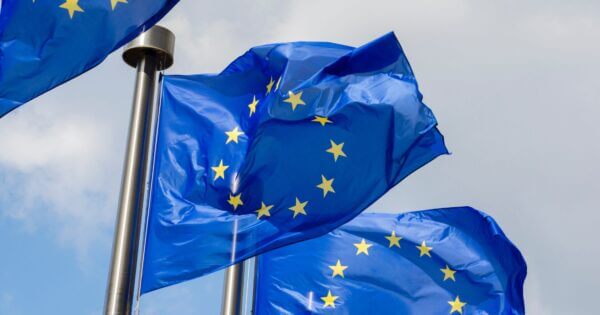Our Work in the U.S.
Implementing
Clean Energy Policy
Passing historic legislation unlocks the funding for the clean energy transition. Implementation delivers on the promise.
The U.S. has passed legislation to invest hundreds of billions of dollars in deploying and commercializing clean energy solutions. But that’s just the beginning.

The challenge
Implementing clean energy policy is a complex process that requires expert input and coordinated action across federal government, states and local communities, and the private sector. The actions we take over the next several years to implement laws like the Inflation Reduction Act and Infrastructure Investment and Jobs Act will be critical to achieving the United States’ economic, environmental, and public health goals.
And although historic, the laws enacted to date are not enough to achieve our decarbonization goals. Future policy creation hinges on successful projects that generate tangible community benefits that in turn increase support for new climate and clean energy projects and policies.
Our approach
We work to make sure federal, state, and local decision-makers are accountable for competent, efficient, and effective implementation of climate and clean energy policy, ensuring everyone in the U.S. benefits from these historic investments, by:
- Advising federal agencies for the strategic deployment of federal resources to achieve emissions targets and meet the needs on the ground.
- Supporting states and local stakeholders in key geographies by working with officials, communities, coalitions, and organizations to ensure policies and other conditions are ready when projects deploy.
- Advising industry to maximize emissions reductions, engage stakeholders, and identify barriers to implementation that need policy solutions.
- Communicating successes to highlight wins in deployment of federal funding to reinforce the benefits of climate policy and support political durability.
The latest in clean energy policy
Sign up today to receive the latest content from CATF experts.
Implementing the clean energy policy cycle


















